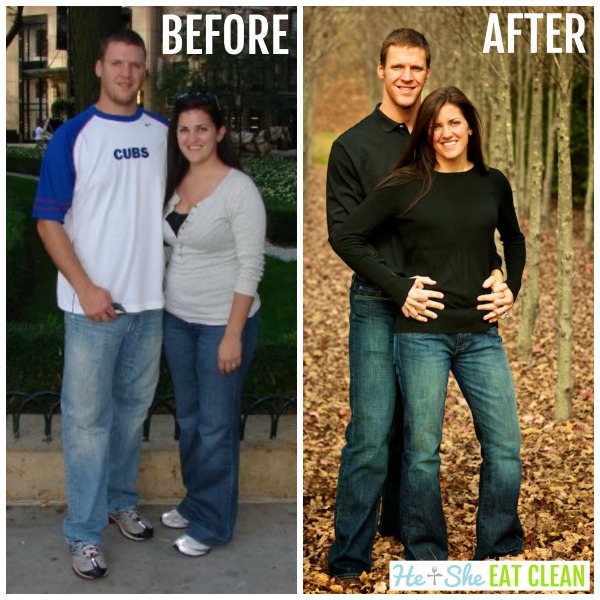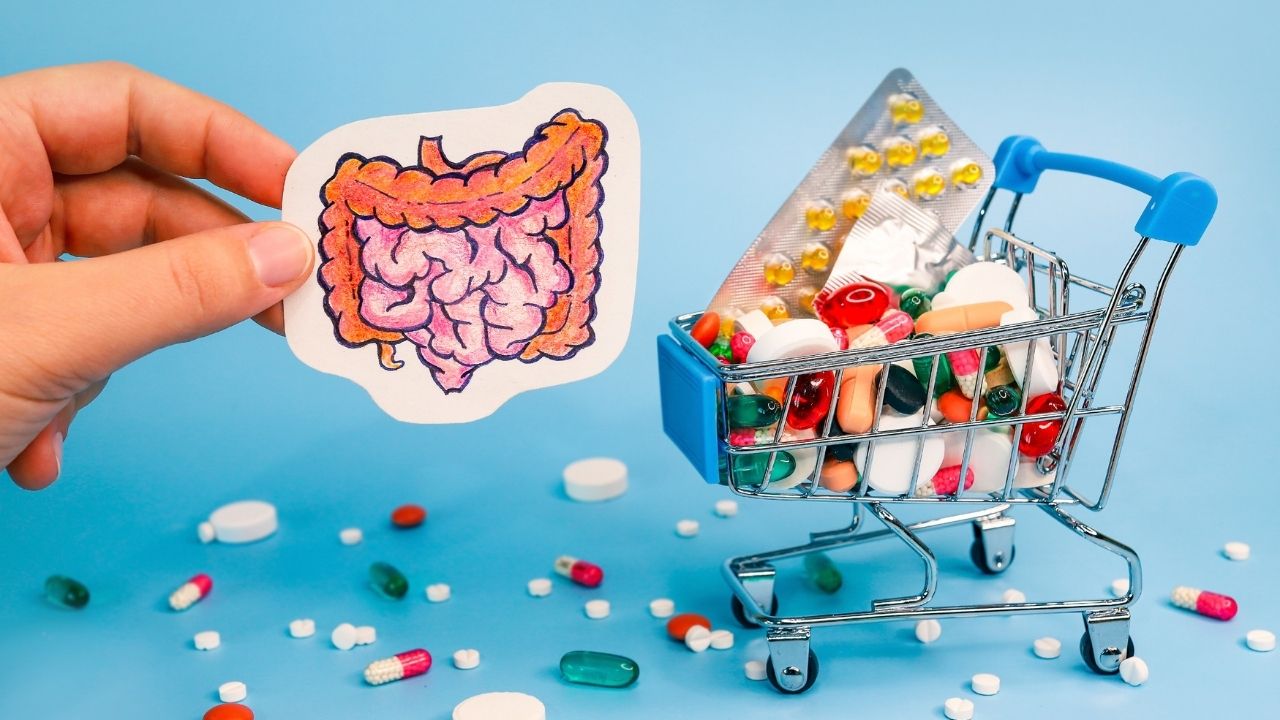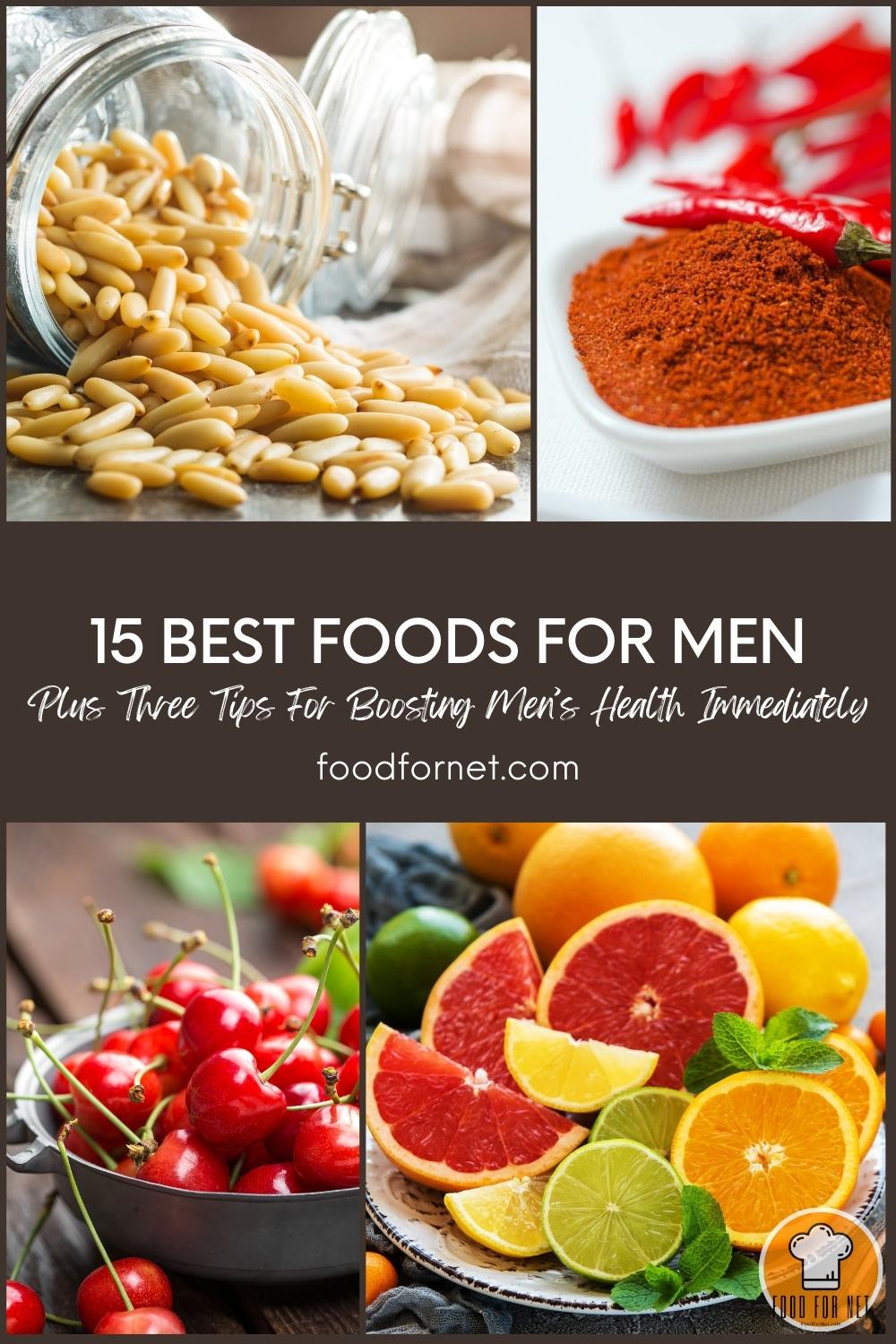
If you want to lose weight and stay fit, the DASH diet may be the right choice for you. This new diet is based on the Mediterranean diet, which is rich in healthy fats and vegetables. It can be easily adapted by most people, but it can also be hard to stick to if you depend on convenience foods or consume a lot of red meat. It is high in fat and low sodium so it might not be the best option for those who have trouble adjusting to a new diet.
This diet is not only for people with high blood sugar, according to the American Heart Association. You can control hypertension with this diet, but it also lowers your risk of developing cardiovascular disease. This diet includes fruits, vegetables, and lean meats that are rich in fiber. It's also low in sugar and fat. It can prevent cardiovascular disease. This is why it should be followed. Besides cutting back on fat and sugar, the DASH diet also helps you lose weight and stay in shape.

The DASH diet also recommends eating more whole grains. These foods are full of dietary fiber. Adults should consume between 25- 30 grams of fiber each day, according to Dietary Guidelines for Adults. The DASH diet recommends that you consume at least 30g of fiber per day. This is more than the recommended intake for a diet of 2,000 calories. It is important that you note that DASH doesn't work for everyone.
Changes in your diet are important if you suffer from high blood pressure. Changes in your diet that include more fruits and veggies will help lower your blood pressure and control hypertension. Spices and herbs can be used to spice up your meals. Include more whole grains into your diet. This includes brown rice and oats as well as brown pasta.
Although the DASH diet sounds like a great option for those with high blood pressure it is not suitable for all. It comes with a few drawbacks. While it won't reduce blood pressure, it will help you shed weight and live a healthier lifestyle. People with hypertension should also be advised to follow the DASH Diet. Although it is similar to the Mediterranean Diet, there are many benefits.

DASH diet contains moderate amounts of fat. This can be a great way to keep on track for a long period of time. It may seem difficult for some but the DASH diet can benefit people with high bloodpressure. It can also be helpful for diabetics who have had high blood sugar in the past. Although the DASH diet is not recommended to people with high blood pressure it can be a healthy way of losing weight and keeping it off.
FAQ
How to measure bodyfat?
A Body Fat Analyzer can be used to measure body fat. These devices are used to determine the percentage of bodyfat in people who desire to lose weight.
What is the best food for me?
Your lifestyle and individual needs will determine the best diet for your body. Also, consider your energy expenditure, whether you prefer low-calorie food, and whether you enjoy eating fruits or vegetables.
Intermittent fasting may be a good choice if you want to lose weight. Intermittent fasting involves consuming only specific meals throughout the day, rather than having three large meals. This approach may prove to be more beneficial than traditional diets that have daily calorie counts.
Intermittent fasting has been shown to improve insulin sensitivity, reduce inflammation and lower the risk of developing diabetes. Some research also suggests that intermittent fasting might promote fat loss, and improve overall body composition.
What is the difference among a virus or a bacterium and what are their differences?
A virus is a microscopic organism that cannot reproduce outside its host cell. A bacterium is a single-celled organism that reproduces by splitting itself in two. Viruses measure only 20 nanometers in diameter, but bacteria is up to 1 millimeter in size.
Viruses are often spread through contact of infected bodily fluids like saliva, urine or semen. Bacteria can easily be spread from direct contact to contaminated surfaces and objects.
Viruses can get into our bodies through cuts and scrapes on the skin, bites, and other injuries. They may also enter through the nose, mouth, eyes, ears, vagina, rectum , or anus.
Bacteria can enter our bodies through wounds, cuts, scrapes, burns, insect stings, or other breaks in our skin. They can also be introduced to our bodies by food, water and soil.
Both bacteria as well as viruses can cause illness. But viruses do not have the ability to multiply within their hosts. Viral infections can only cause diseases in living cells.
Bacteria can cause illness by multiplying in the body. They can infiltrate other parts of the body. To kill them, we must use antibiotics.
How can I live my best life everyday?
It is important to identify what makes you happy. Once you've identified what makes your happy, you can start to work backwards. Asking other people how they live their best lives every day is also a good idea.
You can also read books by Wayne Dyer, such as "How to Live Your Best Life". He discusses finding happiness and fulfillment throughout our lives.
How does an antibiotic work?
Antibiotics kill harmful bacteria. The treatment of bacterial infections is done with antibiotics. There are many types of antibiotics. Some can be taken orally while others are injected. Others are topically applied.
People who have been infected with certain germs may need antibiotics. If someone has chicken pox, they might need to take an oral antibiotic in order to prevent shingles. An injection of penicillin may be necessary to prevent pneumonia if someone has strep.
A doctor should give antibiotics to children. Children are more susceptible to side effects from antibiotics than adults.
Diarrhea is one of the most common side effects of antibiotics. Other side effects possible include dizziness, nausea, vomiting, stomach cramps, dizziness and allergic reactions. These symptoms generally disappear once the treatment has finished.
Statistics
- This article received 11 testimonials and 86% of readers who voted found it helpful, earning it our reader-approved status. (wikihow.com)
- In both adults and children, the intake of free sugars should be reduced to less than 10% of total energy intake. (who.int)
- Extra virgin olive oil may benefit heart health, as people who consume it have a lower risk for dying from heart attacks and strokes according to some evidence (57Trusted Source (healthline.com)
- nutrients.[17]X Research sourceWhole grains to try include: 100% whole wheat pasta and bread, brown rice, whole grain oats, farro, millet, quinoa, and barley. (wikihow.com)
External Links
How To
What does "vitamin" actually mean?
Vitamins are organic compounds naturally found in food. Vitamins aid us in absorbing nutrients from the food we eat. Vitamins cannot come from the body so food must provide them.
Two types of vitamins exist: water-soluble vitamin and fat-soluble vitamin. Water-soluble vitamins dissolve easily when they are dissolved in water. Examples include vitamin C,B1 (thiamine), B2 (riboflavin), B3 (niacin), B6 (pyridoxine), folic acid, biotin, pantothenic acid, and choline. Fat soluble vitamins are stored in the liver and fatty tissue. These include vitamin D, E and K, as well as beta carotene.
Vitamins are classified according to their biological activity. There are eight major vitamin groups:
-
A - Essential for healthy growth and health maintenance.
-
C is important for nerve function and energy production.
-
D - Vital for healthy bones and teeth
-
E is necessary for good vision, reproduction.
-
K - Required for healthy nerves and muscles.
-
P - vital for building strong bones andteeth.
-
Q - Aids in digestion and absorption.
-
R - necessary for making red blood cells.
The recommended daily allowance for vitamins (RDA) varies based on gender, age, and physical conditions. The U.S. Food and Drug Administration has established the RDA values.
For adults over 19, the RDA for vitaminA is 400 micrograms per daily. For fetal development, pregnant women need 600 mg per day. Children ages 1-8 require 900 micrograms per day. For infants younger than one year, 700 micrograms are required daily. However, this number drops to 500 micrograms each day for children aged 9-12 months.
Children ages 1-18years who are obese need 800 micrograms per day while those who are overweight need 1000 micrograms per day and children who are underweight need 1200 micrograms per day to meet their nutritional needs.
Children 4-8 years old who have anemia must consume 2200 micrograms of Vitamin C daily.
2000 micrograms is the minimum daily intake for adults over 50 years old to maintain good health. Breastfeeding or pregnant women require 3000 micrograms per daily due to higher nutrient demands.
Adults over 70 require 1500 micrograms each day, since they lose around 10% of their muscle mass every decade.
Women who are pregnant, nursing or breastfeeding need more than the RDA. Pregnant women require 4000 micrograms daily during pregnancy, and 2500 micrograms every day after birth. Breastfeeding moms need 5000 micrograms each day when breastmilk production occurs.